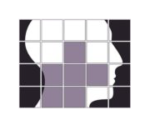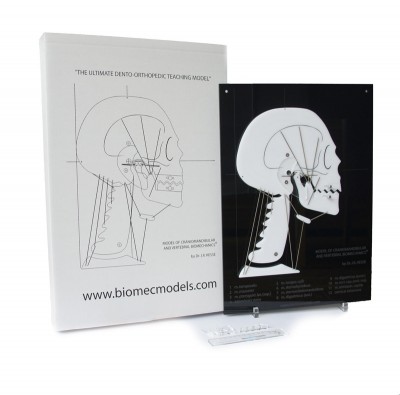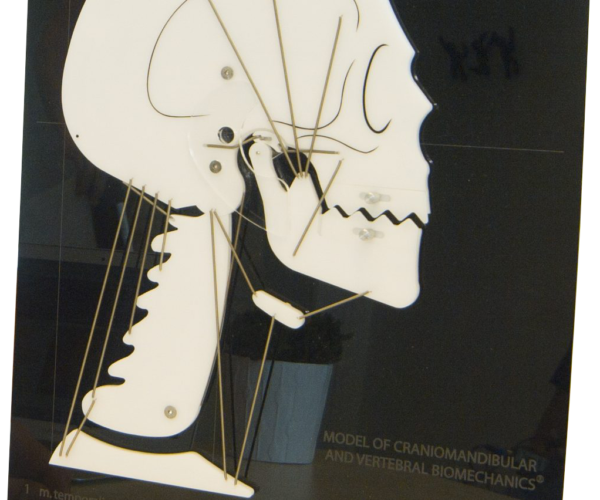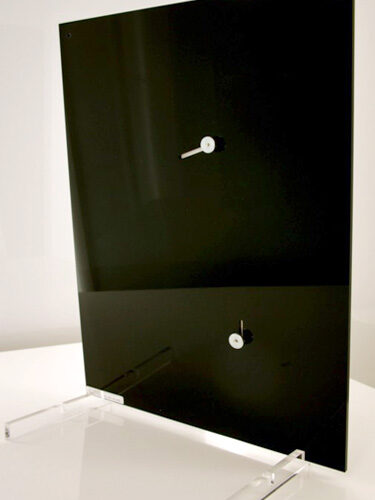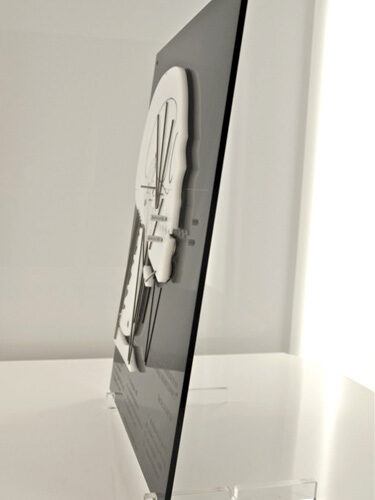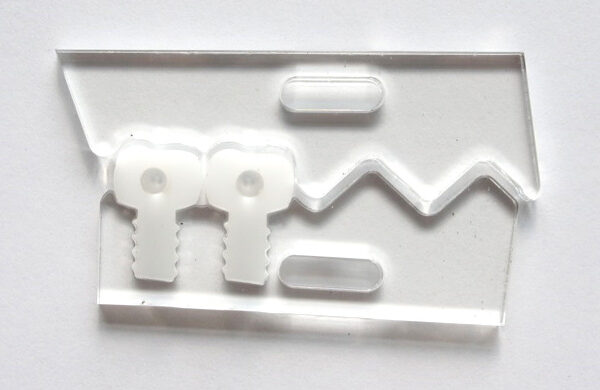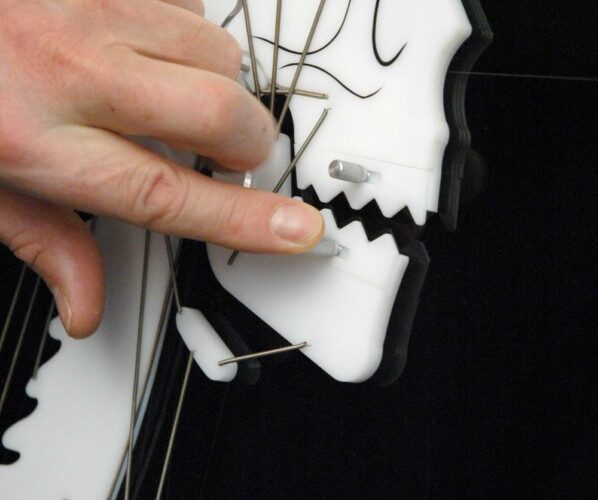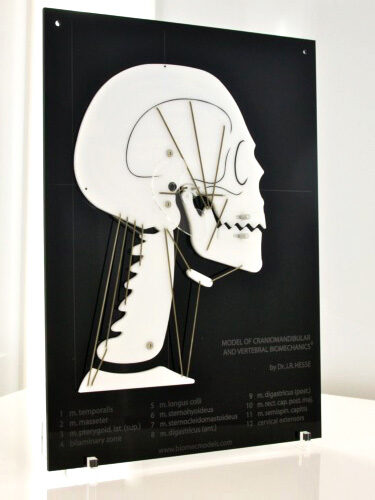Dr Jules Hesse
A lifelong aim towards better diagnoses and decisions
The Biomecmodels instructional jaw model was developed by Dr Jules Hesse. Together with Professor Tore Hansson (Sweden), he established the first multidisciplinary collaboration within the Department of Masticatory Function at the dental faculty of the University of Amsterdam in 1983.
Their textbook Craniomandibular Dysfunction (Samson Stafleu, 1985) gained wide recognition and was published in eight languages.
In 1996 Dr Hesse defended his PhD thesis Craniomandibular Border Characteristics and Orofacial Pain, emphasising the role of orthopaedic testing in jaw function diagnostics.
His lifelong aim has been to provide dental students, general practitioners, and specialised physiotherapists with broader diagnostic perspectives and multidisciplinary treatment options. In particular, orthopaedic (provocation) tests enable clinicians to reach more precise diagnoses and make better-founded therapeutic decisions.
Education and experience
University of Amsterdam / Slotervaart Medical Center Amsterdam
“In 1982, I completed my physiotherapy training in Amsterdam with a thesis entitled “The dysfunction syndrome of the masticatory system,” for which I received honors. From 1982 to 2000, I was a staff member at the Subfaculty of Dentistry at the University of Amsterdam, now known as ACTA. In 1997, I also became a staff member of the Oral Surgery Department at the Slotervaart Medical Center in Amsterdam. I completed my training as a specialized physical therapist and manual therapist in the United States.”
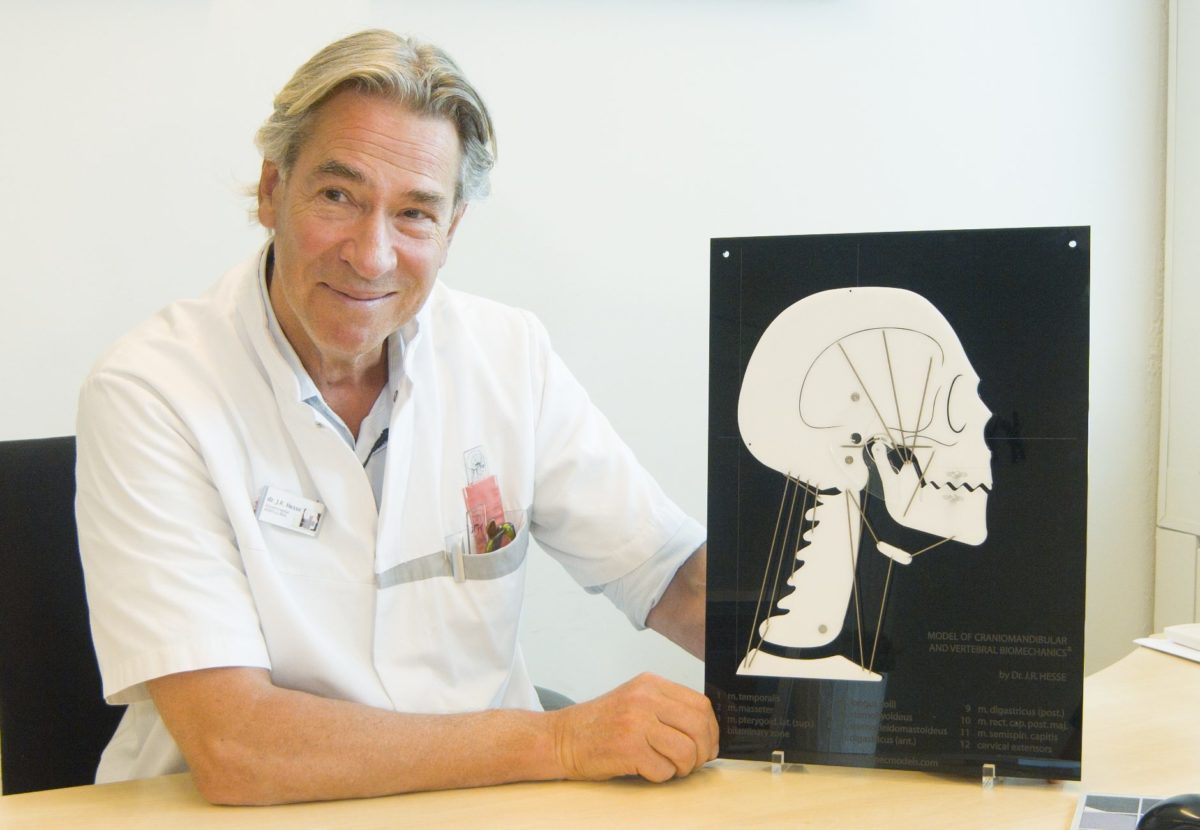
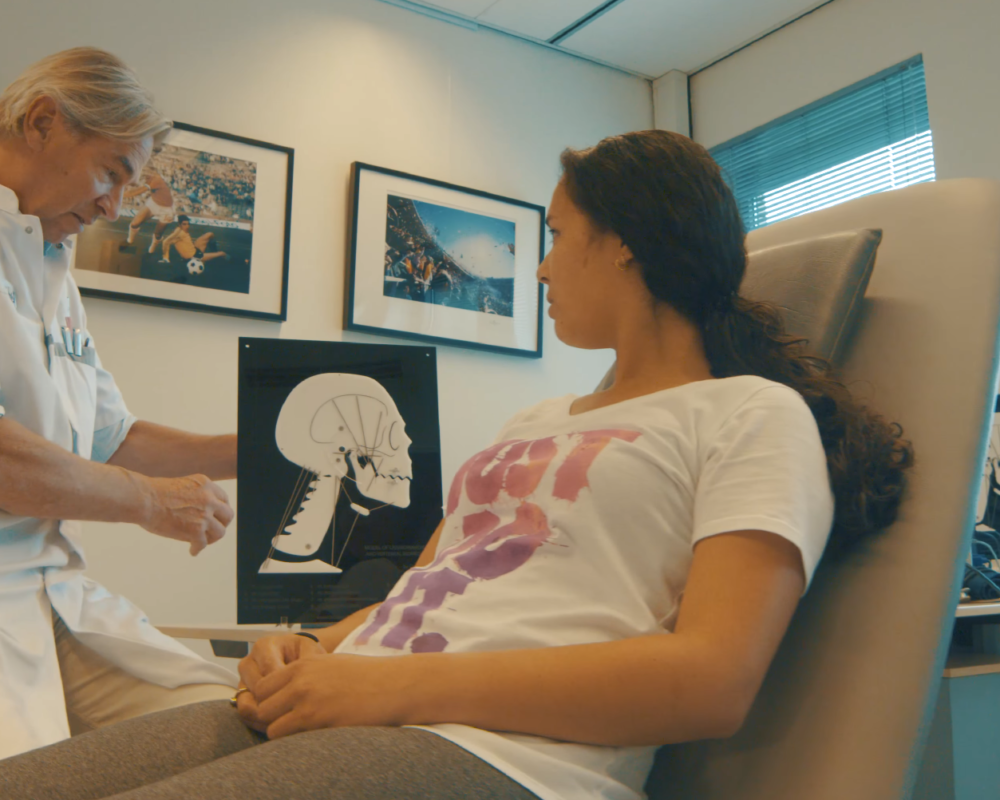
Brief retrospective
Initially, I was intensively involved in teaching dentistry students and working at the ACTA clinic providing patient care. A large number of publications followed during those years. In 1996, I obtained my PhD with a thesis entitled “Craniomandibular Border Characteristics and Orofacial Pain” at the University of Amsterdam. My appointment as a physiotherapist at a dental faculty was unique in the Netherlands, but also in Europe. In 1982, I also became involved in the large monthly temporomandibular joint consultation hours at the Department of Oral Diseases, Jaw and Facial Surgery at the Vrije Universiteit Medical Center (VUMC); I am still actively involved in these consultation hours to this day.
Instructional video
How does the TMD BiomecModel work?
In this video you can see Dr. Hesse at work using his TMD BiomecModel. With the TMD BiomecModel it is possible to effectively explain and demonstrate various clinical conditions:
• Normal and abnormal head posture
• Whiplash and TMJ disorders
• Normal mouth opening and closing
• Protrusive opening
• Chewing motion and stable occlusion
• Anterior bite
• Posterior bite
• Lack of occlusal support
• Occlusal appliance
